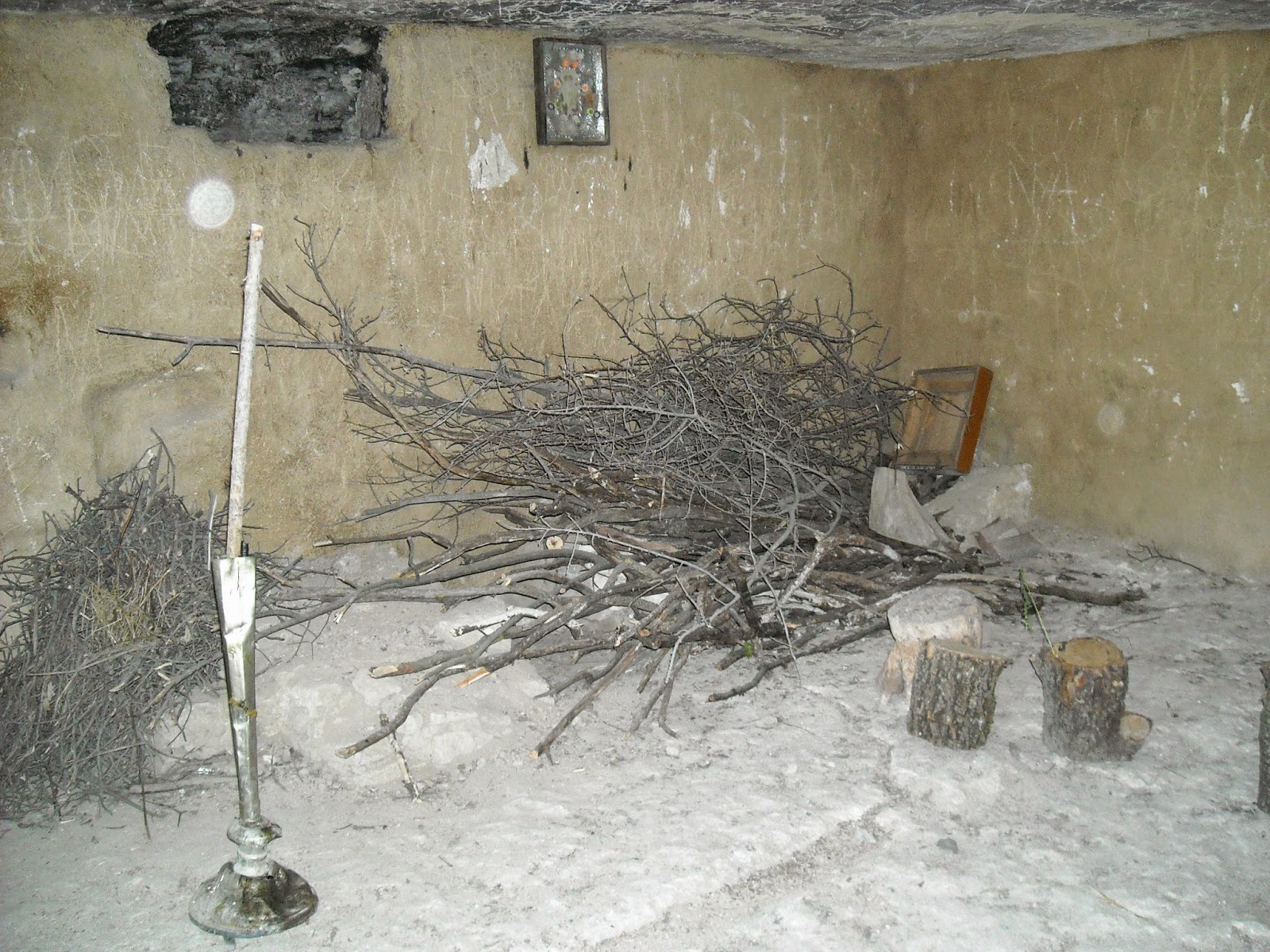The city of Sinaia is in the Carpathian Mountains and has a lot of interesting tourist locations to see.
Along with Elder/Sister Kneib are Elder/Sister Smith from Oregon and Sister Stratton from California.
Some fall foliage in Sinaia.
Sister Kneib walking the streets in Sinaia.
A park in Sinaia in front of a hotel and former hospital.
Sister Kneib is in front of some painted tree stumps in the park of Sinaia.
A wagon full of blooming geraniums in the park of Sinaia.
This is a Monastery in Sinaia.
Inside the church of the monastery in Sinaia are these painted walls and murals.
The painted ceiling inside the monastery in Sinaia.
This is the chandelier and altar inside the church at the monastery in Sinaia.
 |
| This is the altar inside the chapel of the monastery. |
 |
 |
Chairs for the priests inside the chapel of the monastery.
Elder and Sister Kneib at the entrance to the monastery in the city of Sinaia.
This is outside the main entrance of Peles Castle located in the City of Sinaia. Peleș Castle (Romanian: Castelul Peleș [kasˈtelul ˈpeleʃ]) is a Neo-Renaissance castle in the Carpathian Mountains, near Sinaia, in Prahova County, Romania, on an existing medieval route linking Transylvania and Wallachia, built between 1873 and 1914. Its inauguration was held in 1883.
Sala Mare De Arme (The Grand Armory or The Arsenal) is where 1,600 of the 4,000 pieces of weaponry and armor reside. One of Europe's finest collection of hunting and war implements, timelined between 14th and 19th century, are on display. The king added pieces used in his victory against the Ottoman Turks during the War of Independence. Famous are the complete Maximilian armor for horse and rider and a 15th-century German "nobles only" decapitation broadsword. Also on display are a wide array of polearms (glaives, halberds, lances, hunting spears), firearms (muskets, blunderbusses, snaphaunces, flintlocks, pistols), axes, crossbows, and swords (rapiers, sabers, broadswords, and many others).
These are the pictures of the men who met in this room and who decided the fate of the kingdom at the start of World War I.
All of the senior couple missionarie in the Romania/Moldova mission. In front is President and Sister Ivory and their 11-year old son.
Elder and Sister Kneib at Peles Castle.
King Carol I in front of Peles castle.

























































































